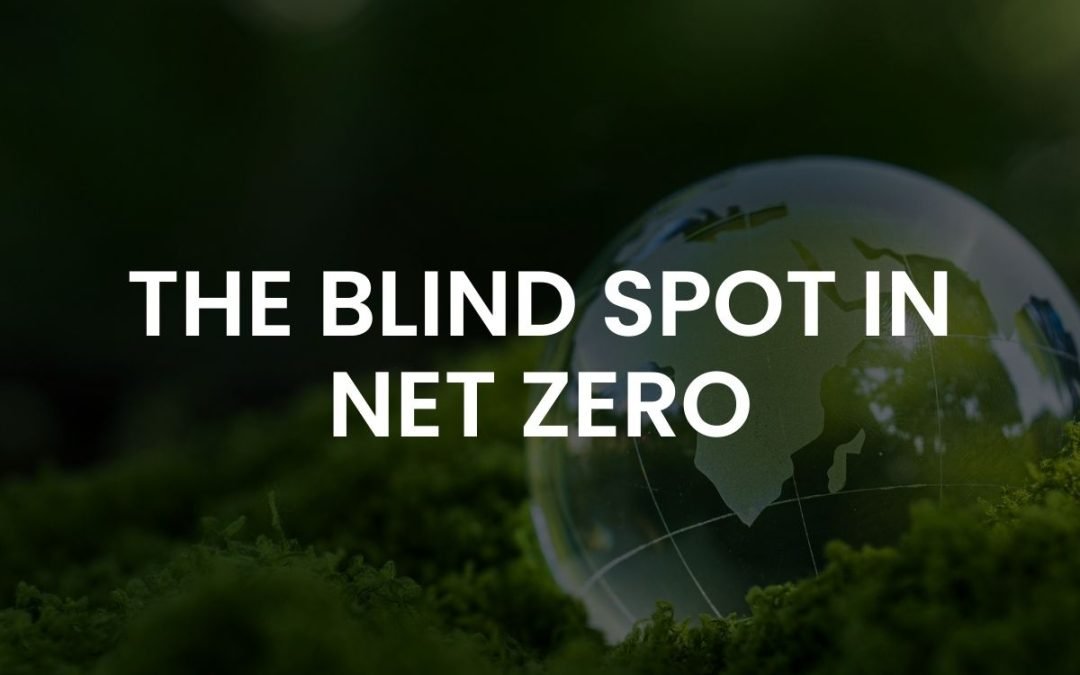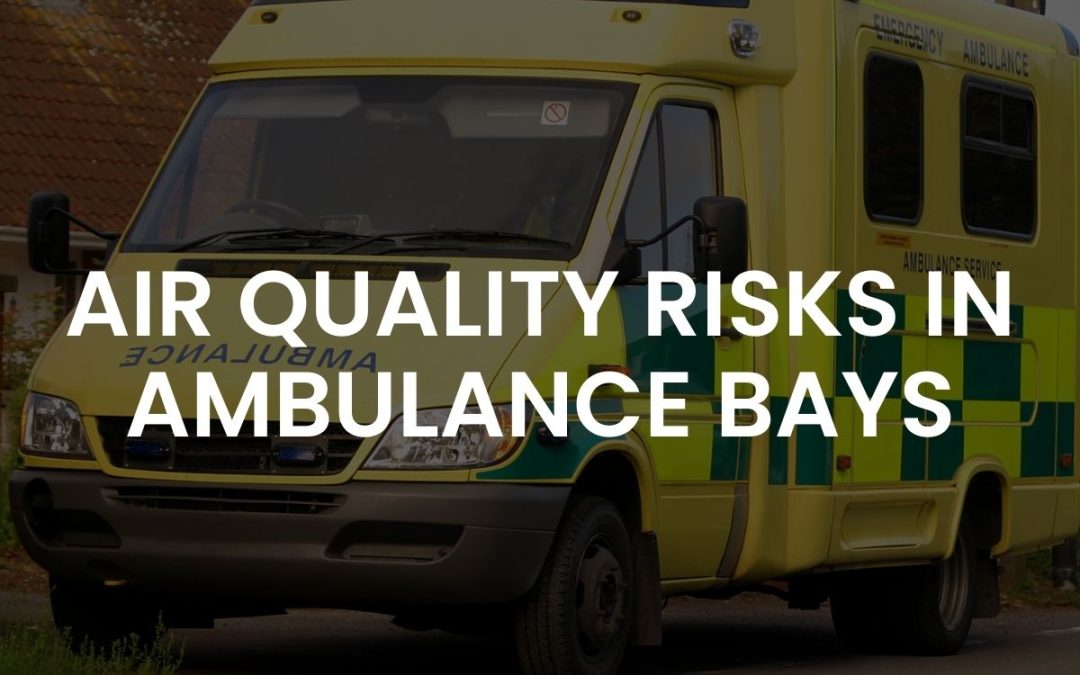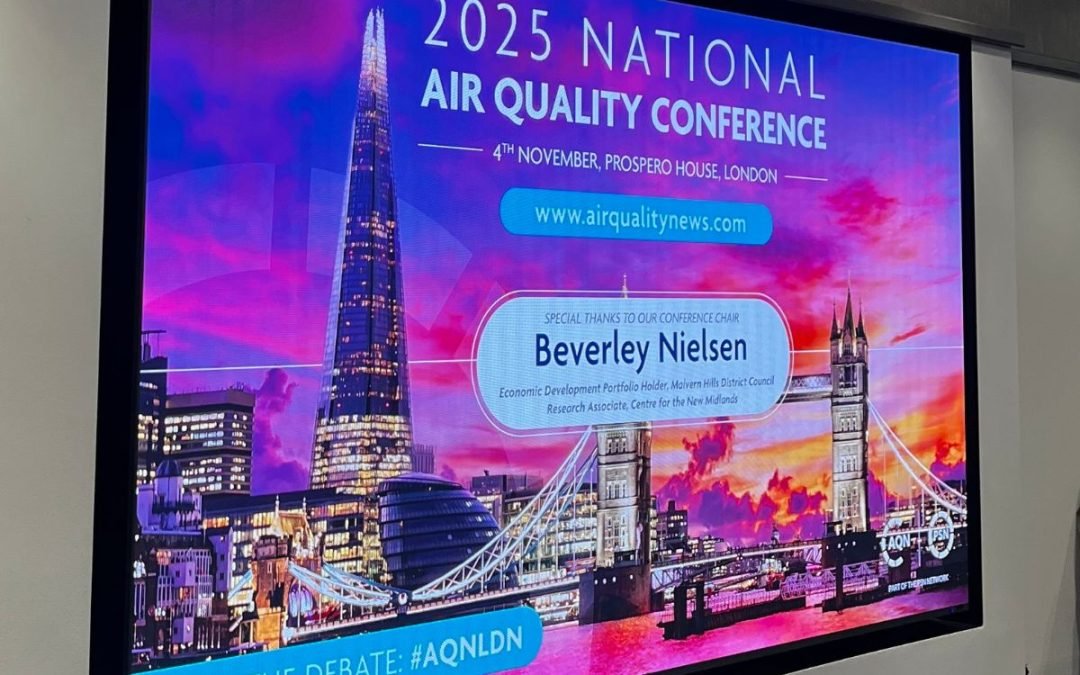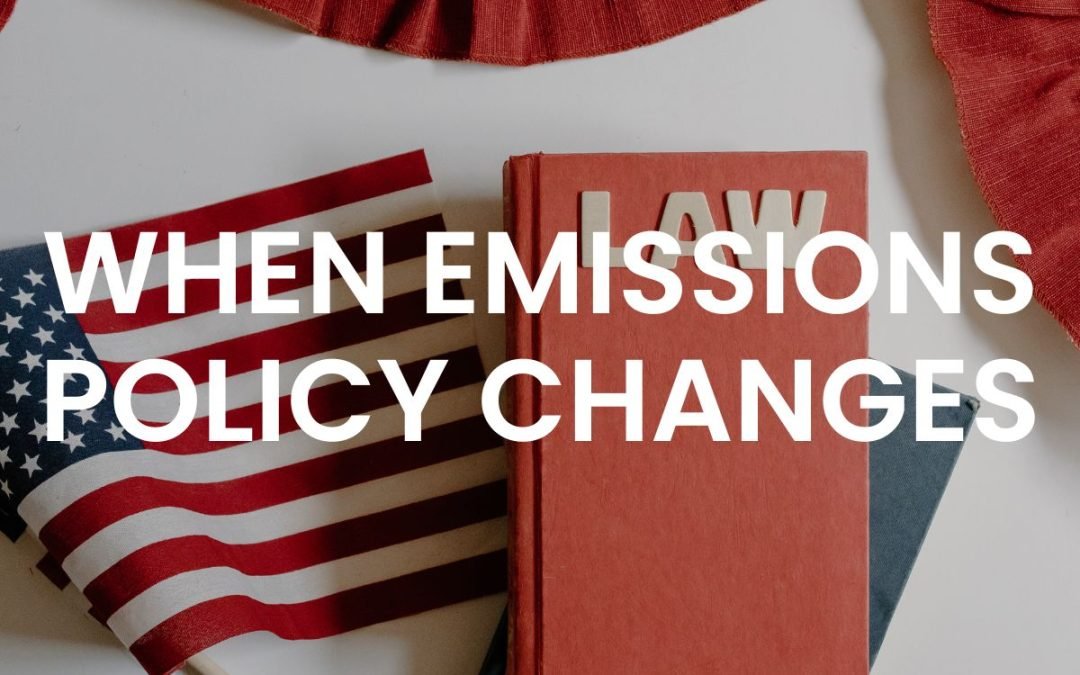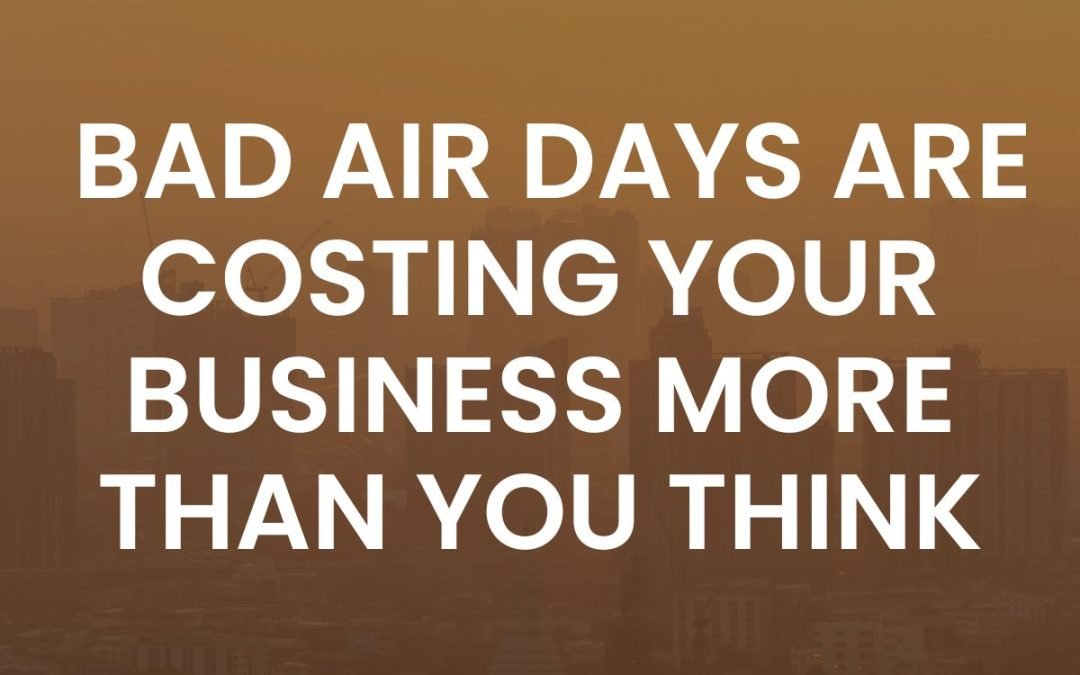With carbon prices hovering around £50 per tonne in May 2025, significantly below the EU ETS price of approximately £60, the financial incentive for UK businesses to invest in decarbonisation may be insufficient. This represents a critical moment for organisations to reconsider their approach to emissions monitoring and reduction strategies.
The Carbon Price Gap: Understanding the Warning
The NAO’s recent assessment highlights several concerning issues with the UK ETS:
- The UK carbon price has remained consistently below EU levels, recently at around £50 per tonne compared to £60 in the EU scheme
- The UK ETS Authority has set the 2025 carbon price at £41.84 per tonne CO₂e for penalty calculations—a figure that may not drive meaningful investment
- The Climate Change Committee advises that current prices fall “far lower than the cost of many decarbonisation measures,” creating an imbalance between regulatory costs and investment requirements
This price gap creates a challenging environment for UK organisations required to monitor and reduce their emissions under the scheme, including industrial facilities and waste management companies.
The Broader Air Quality Compliance Landscape
While carbon pricing provides one regulatory framework, it exists within a broader landscape of environmental compliance requirements. UK organisations face increasing pressure to monitor and reduce air pollutants beyond just carbon, including particulate matter (PM10, PM2.5) and nitrogen oxides (NOx).
Local authorities are strengthening air quality requirements through planning conditions, while sectors like construction and waste management face heightened scrutiny on their environmental impact. The Simpler Recycling regulations coming into effect from March 31, 2025, add another layer of environmental compliance for UK businesses.
With carbon pricing alone providing insufficient financial motivation, organisations need to adopt a more comprehensive approach to environmental management—one that delivers both regulatory compliance and operational benefits.
High-precision air quality monitoring with source identification capabilities offers a strategic advantage in this evolving landscape. By identifying specific pollution sources in real-time, organisations can:
- Target emission reduction efforts where they’ll have the most impact
- Generate evidence-based environmental performance data for stakeholder reporting
- Reduce operational costs by optimising processes and avoiding non-compliance penalties
- Build credibility with local communities and regulatory bodies
The NAO’s warning about carbon pricing highlights a fundamental shift needed in environmental management: from passive measurement to active source identification and targeted intervention.
Traditional approaches to air quality monitoring simply tell you when pollution levels rise. However, advanced solutions like EMSOL’s source attribution technology go further by pinpointing exactly what’s causing pollution events—revealing specific vehicles, activities, and equipment contributing to air quality issues.
As Tanja Dalle-Muenchmeyer, Trust Air Quality Manager at Guy’s and St Thomas’ Hospital explains: “EMSOL helps us understand local pollution levels, its sources and identifies targeted actions we can take to improve the situation“.
The Business Case for Precision Monitoring in a Low Carbon Price Environment
While the NAO’s warning suggests the UK ETS may not provide sufficient financial incentive for emissions reduction, the business case for precision air quality monitoring extends beyond carbon compliance:
- Operational efficiency gains: Identifying specific pollution sources allows for targeted process improvements
- Reputation management: Evidence-based environmental performance data builds trust with stakeholders
- Future-proofing against regulatory changes: Establishing robust monitoring infrastructure now prepares organisations for inevitable regulatory tightening
- Competitive advantage: Demonstrable environmental credentials increasingly influence contract awards and customer decisions
While the UK ETS carbon price may not currently provide sufficient financial incentive for emissions reduction, the regulatory landscape continues to evolve. Organisations that establish robust monitoring infrastructure now will be better positioned to adapt to future changes.
By moving beyond passive monitoring to active source identification, environmental managers can deliver tangible benefits for their organisations while contributing to broader air quality improvements.
Speak with EMSOL’s team of air quality experts about your specific site requirements and discover how precision monitoring with source attribution can transform your environmental management approach.
For more information on the UK ETS carbon price determination for 2025, visit the UK

